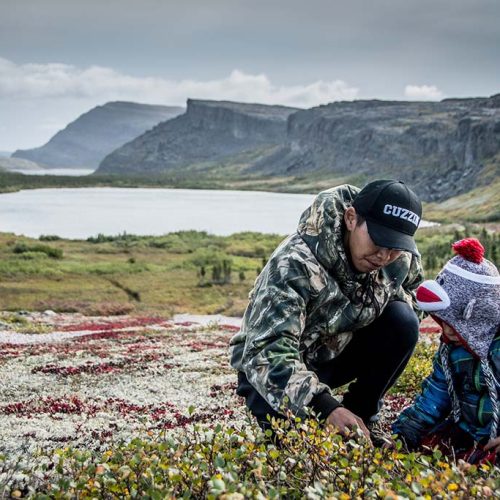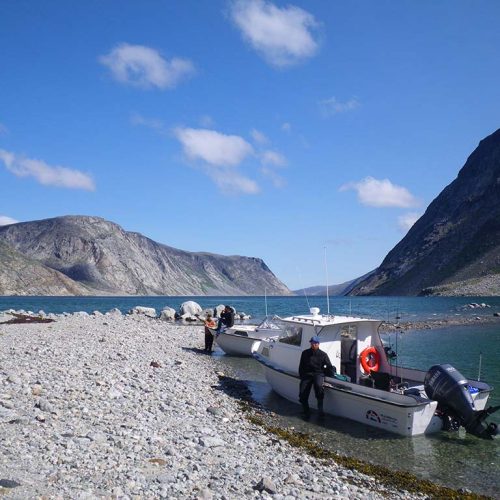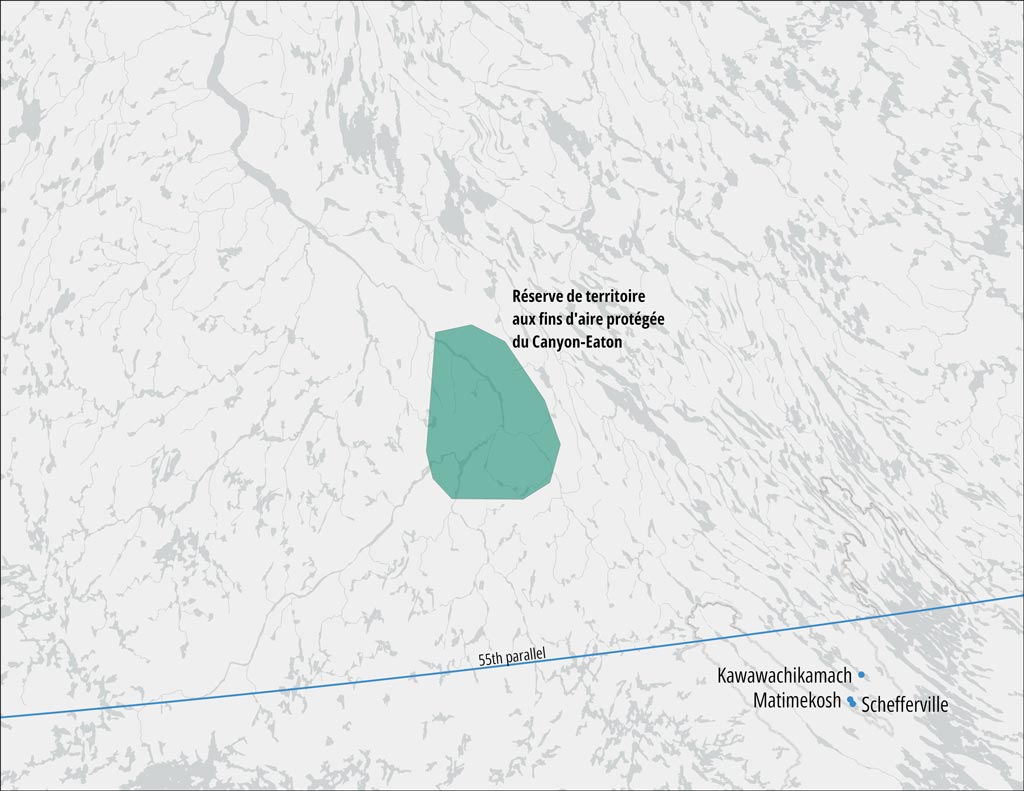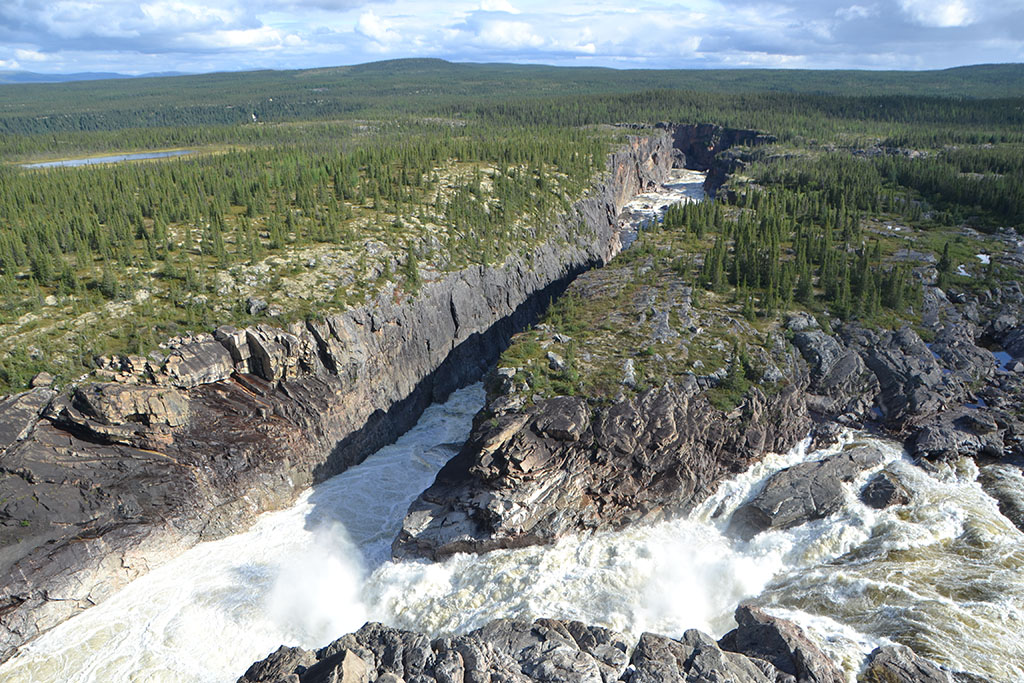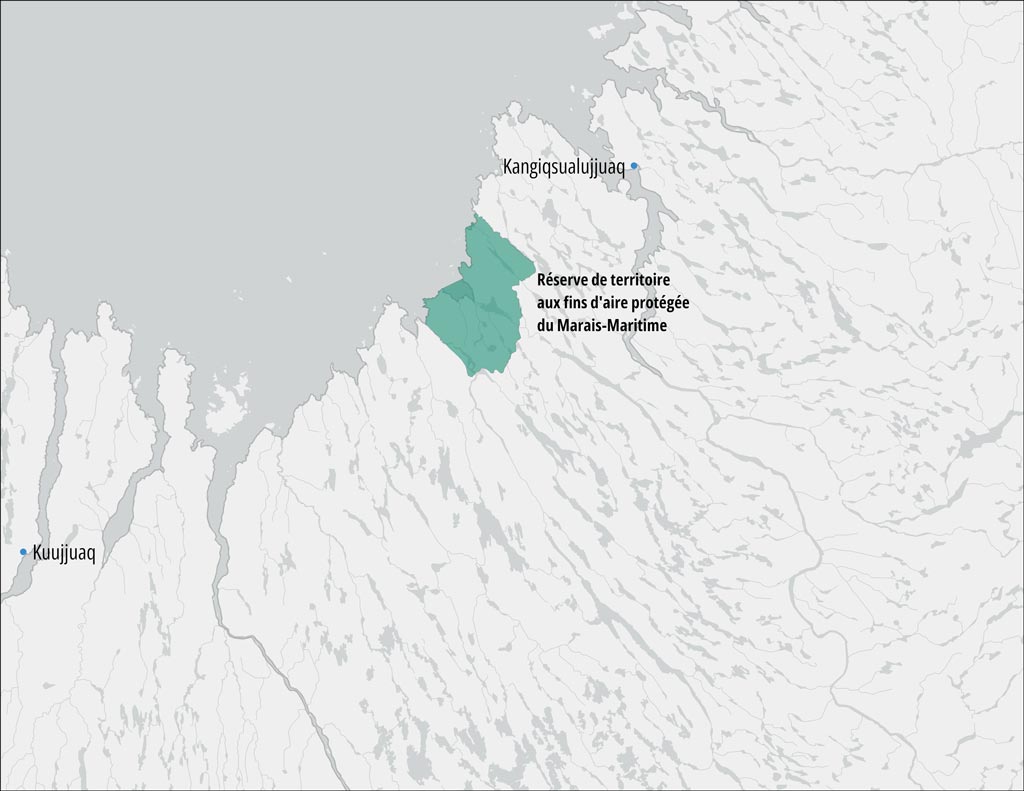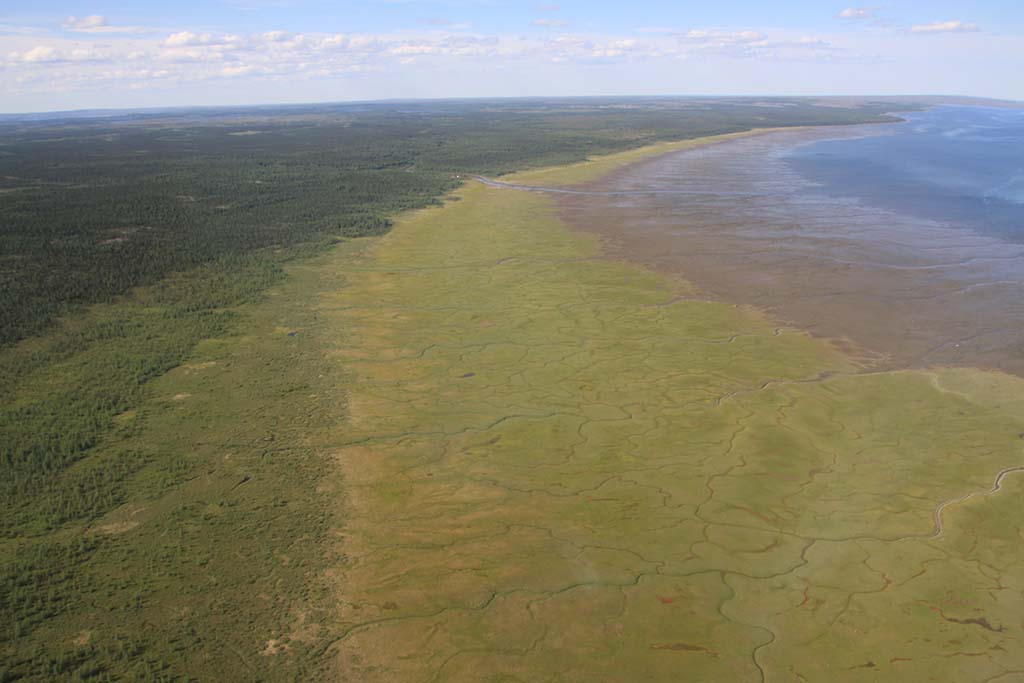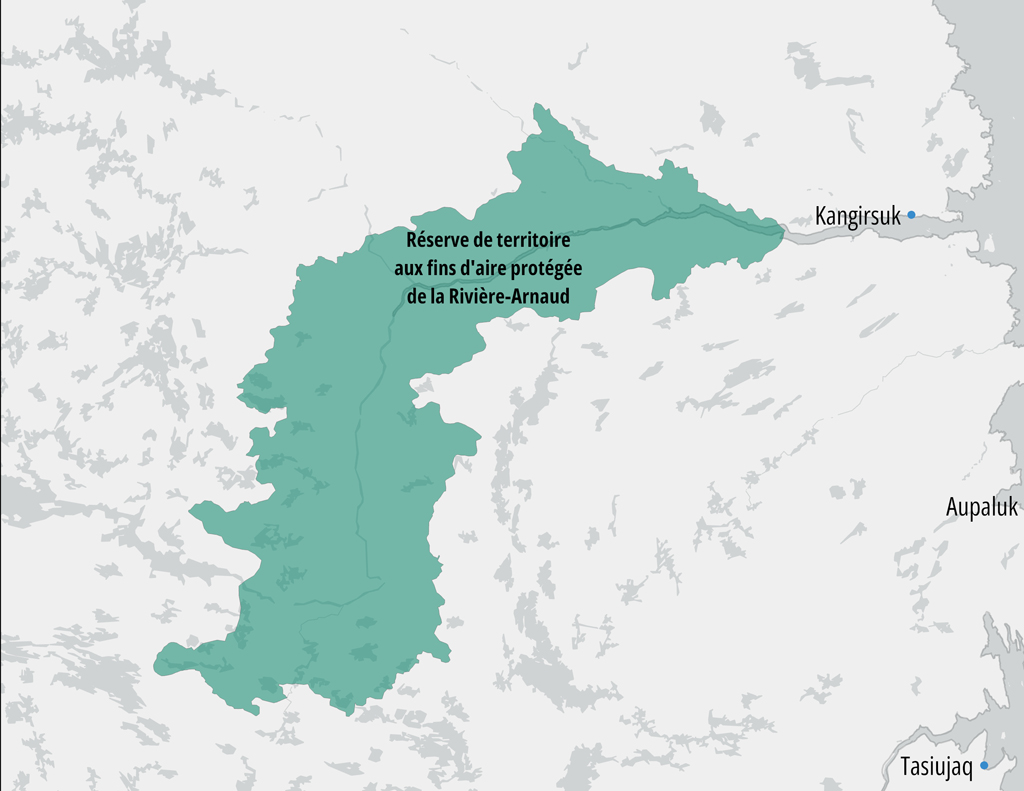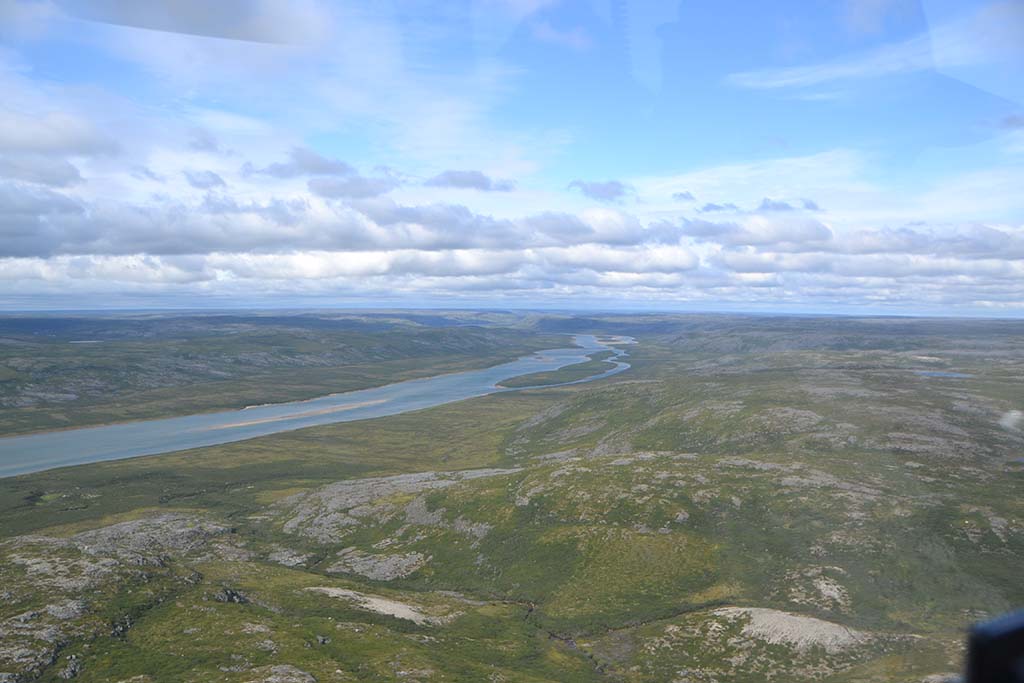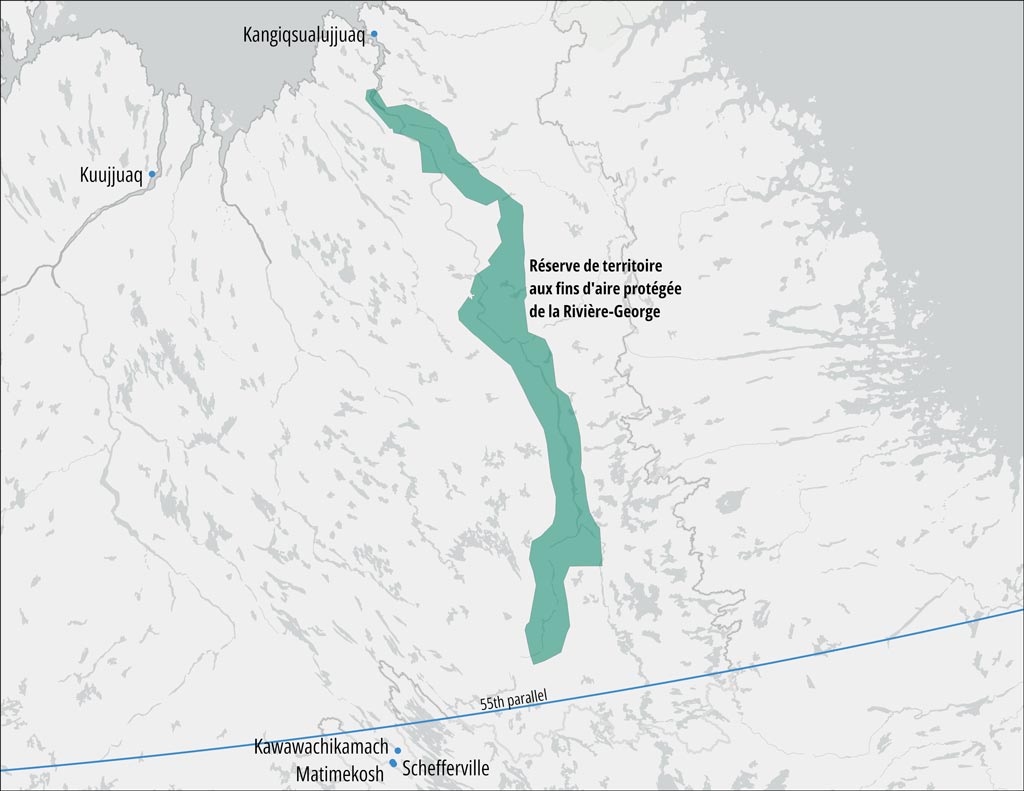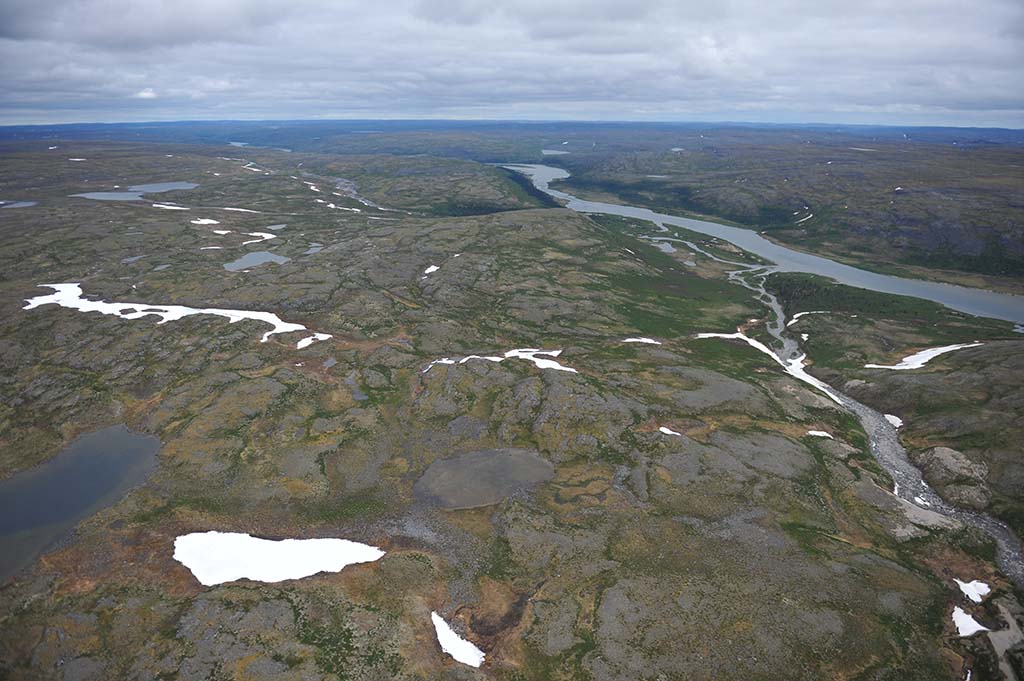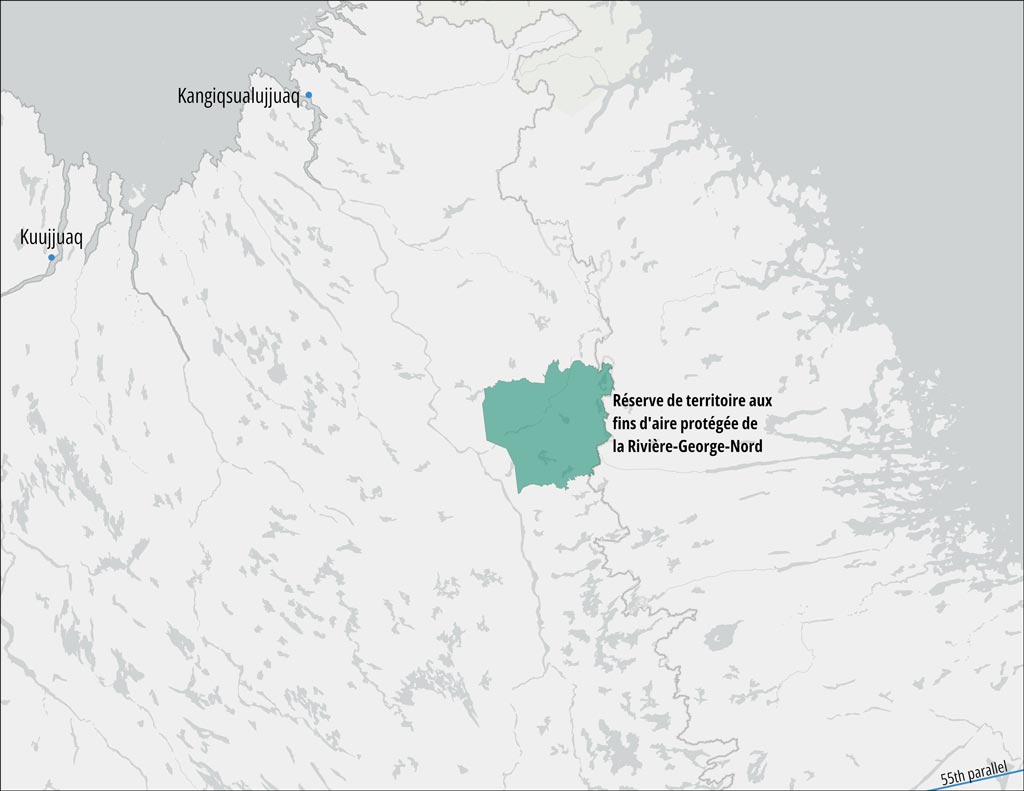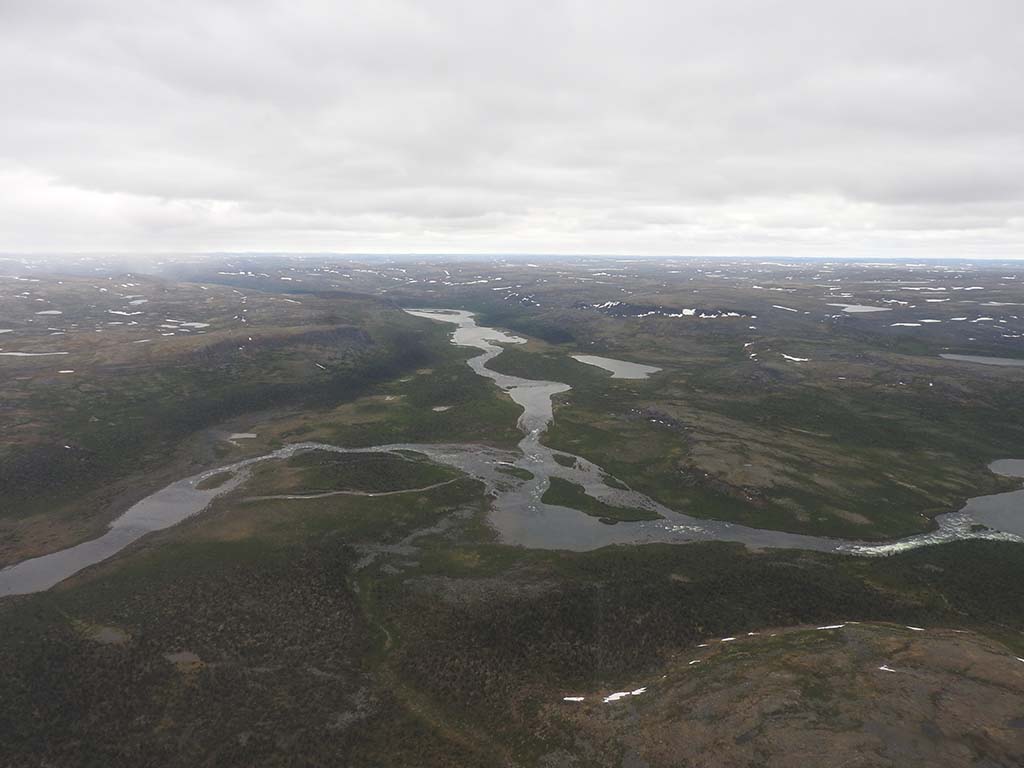About the Nunavik network
The network of protected areas currently covers 20.59% of the area of Nunavik, or just over 100,000 km2. It consists of 8 new territorial reserves for protected area purposes designated in 2020, as well as 8 proposed biodiversity reserves, 1 proposed aquatic reserve, and 3 territorial reserves for protected area purposes designated between 2009 and 2018. Two of the latter reserves have had their boundaries changed in 2020.
The overall network also includes 4 national parks and 5 national park reserves, which are not part of this public consultation process. All of these territories are listed in the Register of protected areas in Quebec [available only in French as Registre des aires protégées au Québec].
To learn more about the history of the creation of this network, click here.
What is a protected area?
According to the International Union for Conservation of Nature (IUCN), a protected area is “a clearly defined geographical space, recognized, dedicated and managed, through legal or other effective means, to achieve the long term conservation of nature with associated ecosystem services and cultural values.”
Drawing on this definition, the Quebec government defines the protected areas network in Quebec as a means to “ensure the protection of representative territories of particular ecosystems which, across the network, will cover all ecosystem types in Quebec.”
Specifically, in Nunavik, the rights negotiated under the James Bay and Northern Quebec Agreement (JBNQA) and the Northeastern Quebec Agreement (NEQA) take precedence over any laws or regulations related to protected areas in Nunavik. Inuit, the Crees, and the Naskapis retain their hunting, fishing, and trapping rights in protected areas. The cultural dimension is essential to the creation of protected areas in Nunavik. It has been integrated along with the conservation and development dimensions.
This dimension is recognized in the objectives of the Natural Heritage Conservation Act, which considers the close link between the Indigenous communities and Nations of Quebec and their natural heritage, as well as its importance to their culture.
“The Payne [Kuuvik] River has been our lifeline for a very long time. Our ancestors all needed this river to survive, and so do we. We must protect these areas from development and pollution. ”
Maps and directory
Nunavik
protected areas
The overall network also includes 4 national parks and 5 national park reserves, which are not included in the inventory and in this public consultation process.
